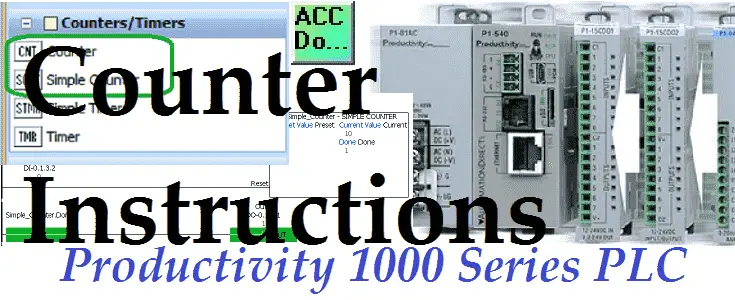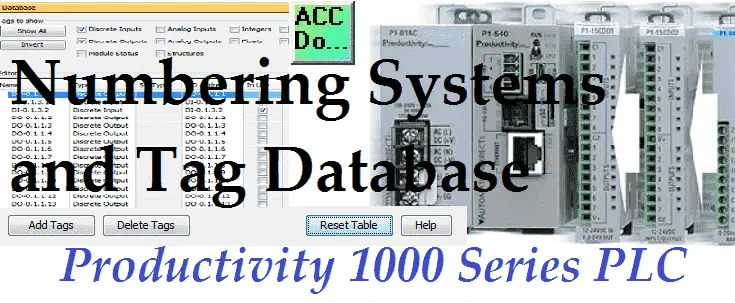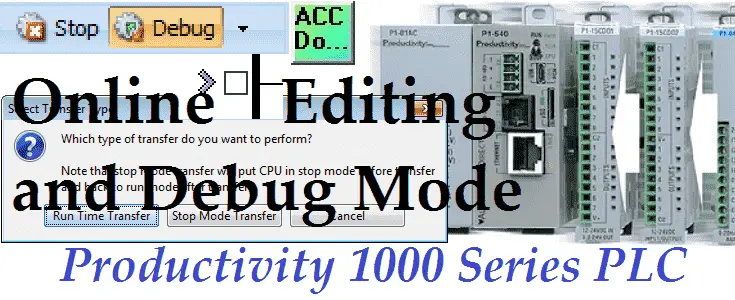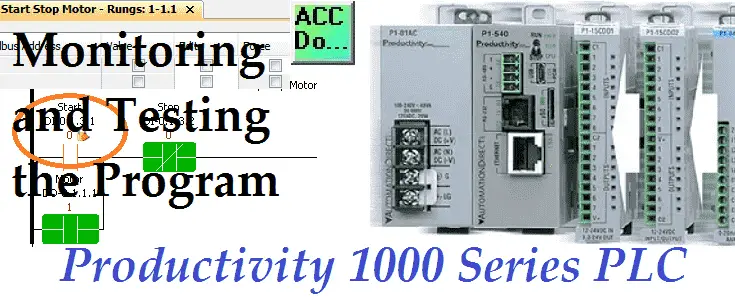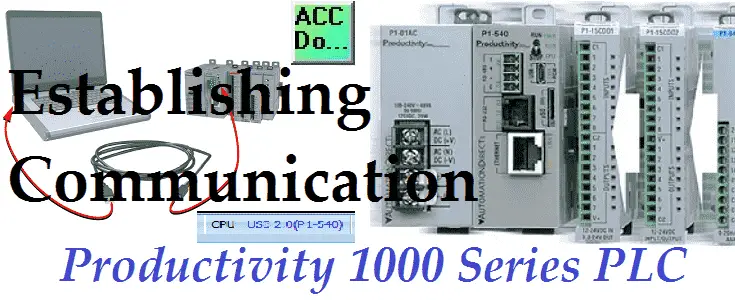Productivity 1000 PLC Data Handling Part 2
Data handling instructions are used to perform movement and manipulations of the memory in the programmable logic controller. The Productivity 1000 Series PLC has fifteen different data handling instructions that can be used in a wide variety of applications. In this second part we will be looking at the following instructions: Lookup Table (LKUP) – … Read more




